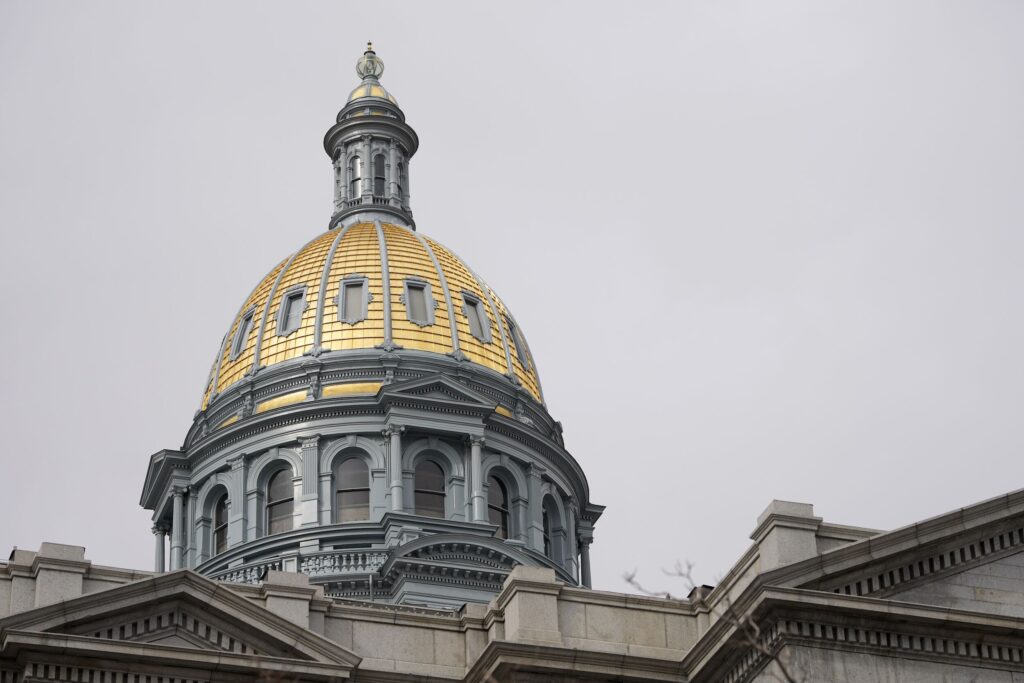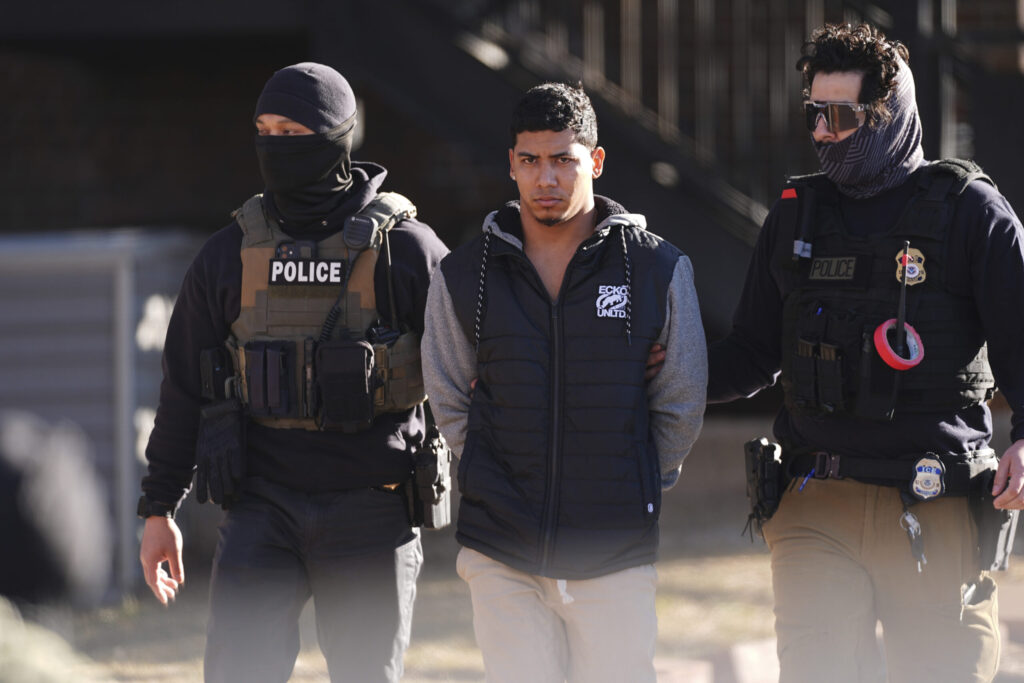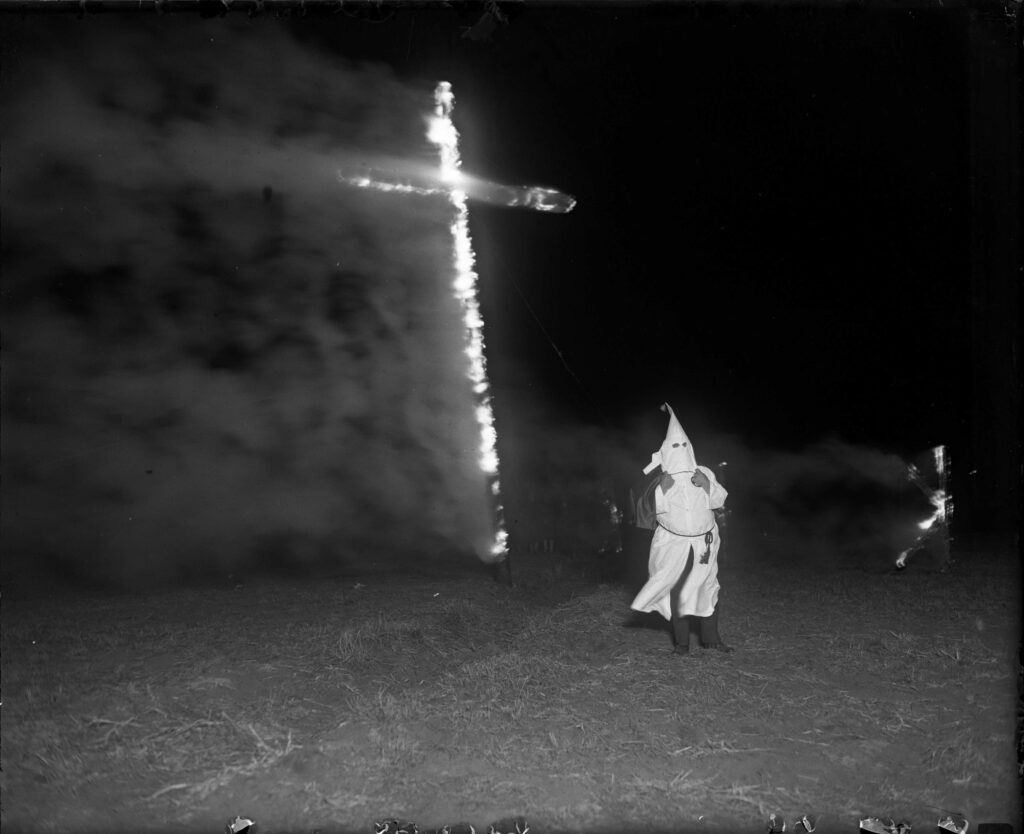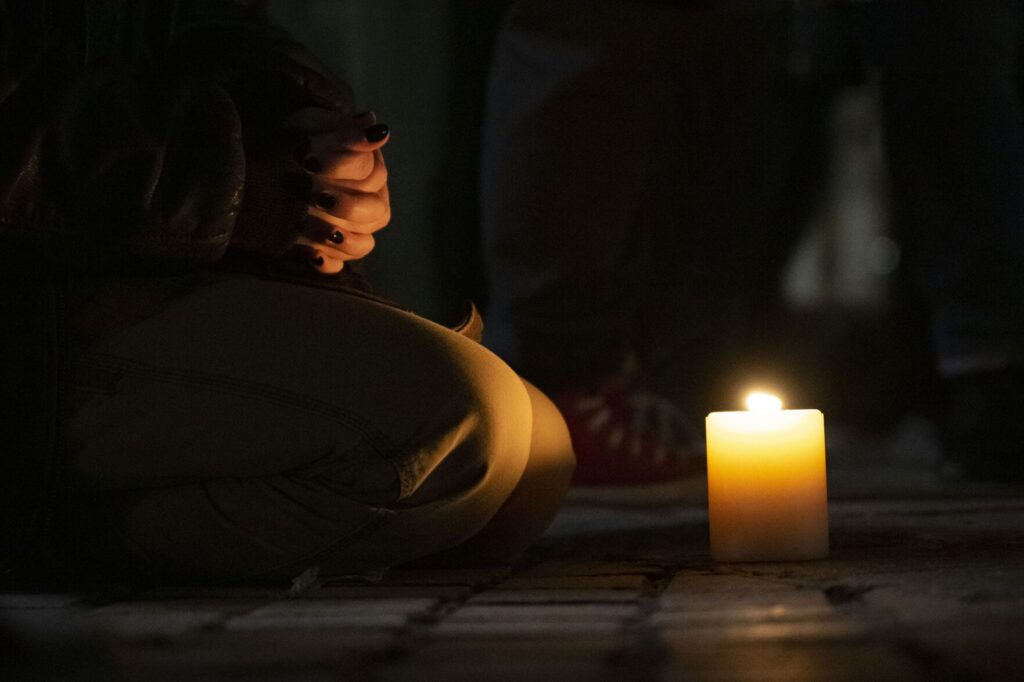Lessons from L.A.: What Colorado Springs can learn about wildfire preparedness
When Steve Wilch deployed on scene to fight the 2021 Marshall Fire in Boulder County, the instructions he received from a coordinator were dire.
“These townhomes and these condos, we’ve lost the first row,” he said he was told. “You need to protect the next six rows, and your hydrant is dead.”
Now, with evidence of water supply buckling under the intense demands of fighting multiple wildfires in Los Angeles County, Wilch is under no illusion that Colorado communities on the Front Range, including Colorado Springs, could face the same problem given a worst-case scenario wildfire.
“We, too, have that issue that water only goes so far,” he said.
While fighting multiple fires last week around Los Angeles, some beleaguered firefighters found hydrants they relied on in winds too strong for air support losing pressure or going dry in the worst-hit neighborhoods of Pacific Palisades.
A Los Angeles Department of Water and Power official told the LA Times on Thursday that the infrastructure of local water districts was unprepared for the enormous strain of the fires, leading to depletion.
According to Steve Berry, a spokesperson for Colorado Springs Utilities, working with the CSFD to strengthen the water system can only lessen the likelihood of a similar failure. Colorado Springs Utilities, like most water providers, is not immune to disaster and is built for normal use below what it could be called upon to deliver.
“I don’t want to give people an artificial understanding of what’s reality,” he said.
Waldo Canyon
Footage of Santa Ana winds sending embers to engulf neighborhoods in California might provoke unwelcome memories for some survivors of the Waldo Canyon fire of 2012, when the convective outflow of a thunderstorm suddenly blew fire down through the Mountain Shadows neighborhood, destroying 346 homes and killing two people.
It does for Bill Wysong, a survivor of the fire and recently-elected El Paso County commissioner.
“It’s a harrowing event that we’re witnessing,” he said.
For first responders and Utilities managers, the fast-moving, wind-driven Waldo Canyon fire was a wakeup call about the importance of water delivery during a large-scale fire.
According to Mike Cobb, an operations supervisor for Colorado Springs Utilities, protecting pump stations bringing water to the fire became a major priority for firefighters. During the worst of the blaze, Utilities upped the water pressure for affected areas from the typical 120 to 150 psi to 180 psi. The system also automatically opened a rarely-used third main valve in a “fire flow configuration.”
At no point did overall water capacity become a concern. Still, he thinks firefighters got lucky with weather conditions intermittently easing the spread of the fire.
“We were able to get ahead of it,” he said.
That luck has not materialized in L.A., where conditions have not yet offered a real reprieve.
“It’s not resting at night,” he said. “It just keeps going.”
Bryan Babcock, the general manager of system and field operations at Colorado Springs Utilities, said that the system was built to take advantage of the area’s elevation, with gravity doing much of the work in some cases to move water. Still, he said that the system was built on “industry best practices.”
“Is there a situation where overall consumption would exceed design parameters? Yeah, that’s possible, obviously,” he said. “Los Angeles saw demand that was significantly greater than their system was capable of delivering.”
Lessons to learn
Wilch began firefighting in Los Angeles County, where he faced multiple wildfires during an 11-year career. During the worst-case scenario unfolding now, he said his former colleagues were almost certainly feeling a “mix of emotions” — despair, exhaustion and fatigue, but also a sense of community resilience.
He said that Colorado Springs residents should not assume what’s happening there could never happen here. Preparation and awareness is key.
“The fires we see in California can happen in Colorado. We’ve seen it before and we’ll see it again,” he said.
While the CSFD and Utilities work gradually to upgrade and address vulnerabilities in the water system, the short-term focus of both is on fire mitigation and educating homeowners.
Utilities operates mechanical mitigation, or the removal of fire fuel in the environment, around its water system assets. That decade-long strategy paid out during Waldo Canyon when the flames came up to, but did not touch, the dam face of Rampart Reservoir, which supplies about 70 to 80 percent of water to the city.
Babcock said he and others would be looking for lessons coming out of the L.A. fires.
“I’m sure there will be some learnings coming out of California that will feed back into the industry, but it’s really early to know what those are yet,” he said.
Wilch said homeowners and people who live in the wildland-urban interface between the city and the Pike-San Isabel National Forest — an area of over 32,000 acres — can take steps to protect their homes when firefighters cannot using mitigation around their homes.
Citing a policy of “sharing the responsibility,” he said the whole community must take steps to avoid the worst-case in Colorado Springs.
“Together, we’ll make it,” he said.











